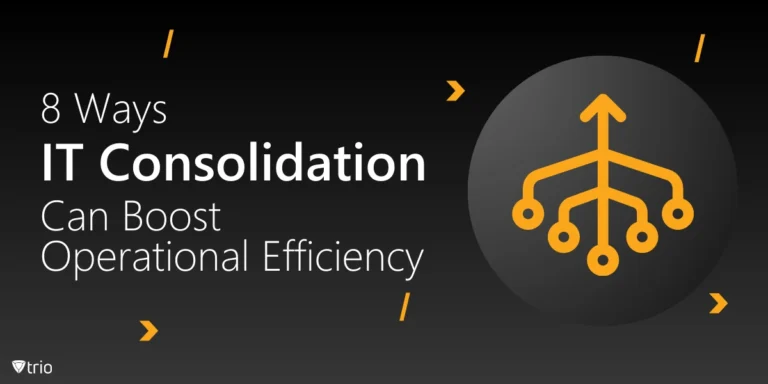According to Statista, “As of 2023, the average cost of a data breach in the United States amounted to 9.48 million U.S. dollars.” A comprehensive Data Center Access Policy is essential to safeguard sensitive information and maintain operational continuity. This blog post will guide you through the process of creating an effective Data Center Access Policy template, covering key aspects such as physical access controls, visitor management, authentication mechanisms, and compliance with security protocols.
Why a Data Center Access Policy is Crucial
A Data Center Access Policy establishes the guidelines and procedures for controlling access to your data center facilities. Here’s why having a robust policy is essential:
- Security: Protects against unauthorized access and potential data breaches.
- Compliance: Ensures adherence to legal and regulatory requirements.
- Operational Continuity: Maintains the integrity and availability of critical systems.
- Responsibility: Defines user responsibilities to uphold security standards.
Key Components of a Data Center Access Policy Template
Some key components that every template on this topic needs to include, are:
-
Purpose
The purpose section outlines the main objectives of the Data Center Access Policy. It should clearly state the intent to secure the data center facilities and protect the organization’s data.
-
Scope
This section defines who the policy applies to, including employees, contractors, consultants, and any third parties requiring access to the data center. It ensures comprehensive coverage and clarity.
-
Physical Access Controls
Physical access controls are crucial for managing who can enter the data center and under what conditions. This includes:
- Authorization: Defining the approval process for data center access.
- Access Levels: Establishing different access levels based on job roles.
- Access Control Mechanisms: Using electronic systems like key cards or biometric scanners to manage entry.
-
Visitor Management
Managing visitors to the data center using physical security measures is vital. This includes:
- Visitor Authorization: Ensuring all visitors are pre-approved and logged.
- Identification and Badging: Issuing temporary badges and verifying identification.
- Visitor Escort: Ensuring visitors are accompanied by authorized personnel at all times.
-
Authentication Mechanisms
The policy should also include access authorization guidelines. Authentication mechanisms enhance the security of data center access. This includes:
- Multi-Factor Authentication (MFA): Implementing MFA for all access points.
- Regular Audits: Conducting audits of access logs and authentication methods to identify and address security issues.
-
Compliance with Security Protocols
Ensuring compliance with security protocols is critical for maintaining data center security. This includes:
- Regulatory Compliance: Adhering to legal and regulatory requirements.
- Security Training: Providing regular training to personnel on security policies.
- Incident Reporting: Establishing a clear process for reporting and responding to security incidents.
-
Review and Updates
Regular reviews and updates to the Data Center Access Policy ensure it remains effective and relevant. Encourage feedback from personnel to continuously improve the policy.
Download the Data Center Access Policy Template here
Creating a comprehensive Data Center Access Policy is essential for protecting your organization’s data and ensuring the security of your data center facilities. To help you get started, we’ve created a customizable Data Center Access Policy Template that you can download and tailor to your organization’s needs.
See Trio in Action: Get Your Free Trial Now!
By following the guidelines outlined above, you can establish a robust policy that safeguards your critical assets. You can also use Mobile Device Management (MDM) solutions like Trio to manage company-owned and employee-owned devices remotely. Using Trio’s free demo, you can experience the safety and security of data across your organization like never before. Try out Trio today and incorporate it into your data center access policy.




